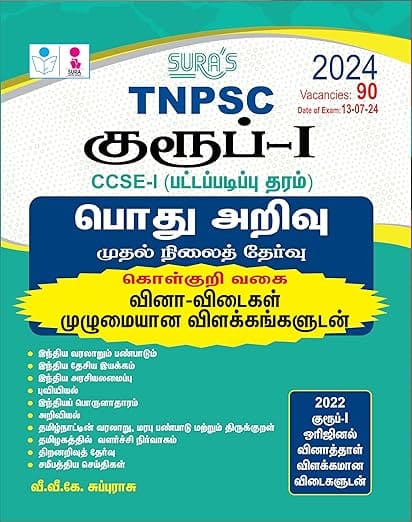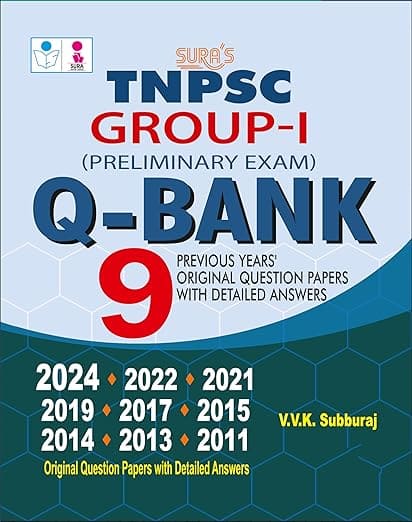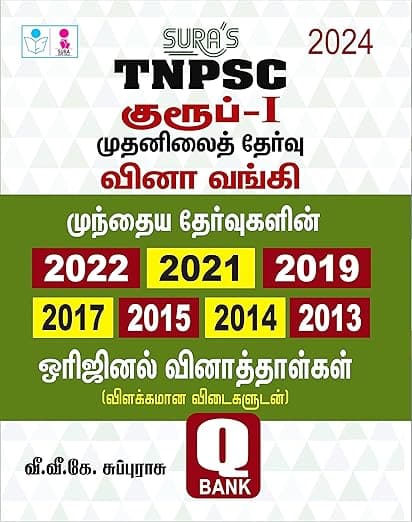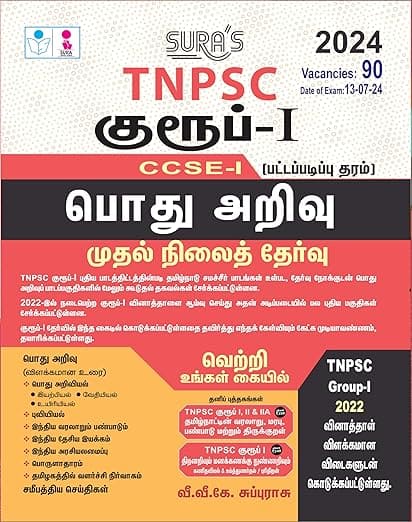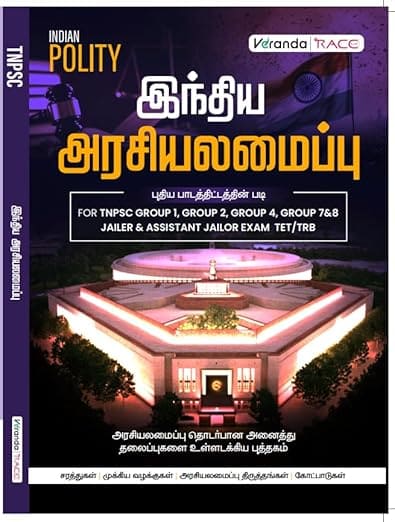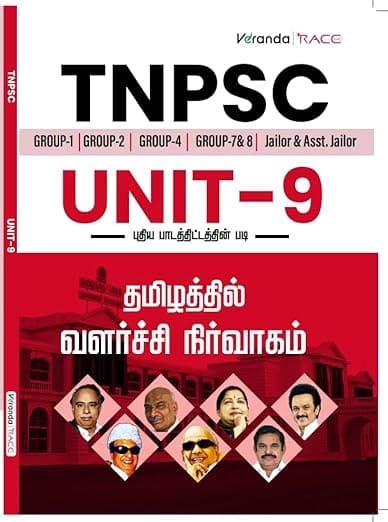Economy
- The Mughal economy was a forestbased agricultural economy.
- The forests provided the raw materials for the craftsmen.
- Timber went to carpenters, wood carvers and shipwrights, lacquerware makers; wild silk to reelers and weavers; charcoal to iron miners and metal smiths.
- Hence the relationship between manufacturing and the forest was very close.
- Different classes of the rural population were involved in agriculture.
- Agriculture was the chief activity in the economy.
- Landless agricultural labourers without right to property formed almost a quarter of the population.
- Zamindars and village headmen possessed large tracts of land in which they employed labourers and paid them in cash and kind.
- Well irrigation was the dominant mode of irrigation.
- The Ain-i-Akbari lists the various crops cultivated during the Rabi and Kharif seasons.
- Tobacco and maize were introduced in the seventeenth century.
- Chilli and groundnut came later.
- Pineapple was introduced in the sixteenth century.
- Grafted varieties of mango came to be developed by the Portuguese.
- Potato, tomato and guava came later.
- Indigo was another important commercial crop during the Mughal period.
- Sericulture underwent spectacular growth in Bengal to the extent that it became the chief supplier of silk to world trade.
- As the farmers were compelled to pay land tax they had to sell the surplus in the market.
- The land tax was a share of the actual produce and was a major source of revenue for the Mughal ruling class.
- The administration determined the productivity of the land and assessed the tax based on the total measurement.
- Akbar promulgated the Zabt System (introduced by Todal Mal): money revenue rates were now fixed on each unit of area according to the crops cultivated.
- The schedules containing these rates for different localities applicable year after year were called dasturs.
- The urban economy was based on craft industry.
- Cotton textile industry employed large numbers of people as cotton carders, spinners, dyers, printers and washers.
- Iron, copper, diamond mining and gun making were other chief occupations.
- Kharkhanas were workshops where expensive craft products were produced.
- The royal kharkhanas manufactured articles for the use of the royal family and nobility.
- The excess production of the artisans was diverted to the merchants and traders for local and distant markets.
Trade and Commerce
- The political integration of the country with efficient maintenance of law and order ensured brisk trade and commerce.
- The surplus was carried to different parts of the country through rivers, and through the roads on ox and camel drawn carts.
- Banjaras were specialised traders who carried goods in a large bulk over long distances.
- Bengal was the chief exporting centre of rice, sugar, muslin, silk and food grains.
- The Coromandel coast was reputed for its textile production.
- Kashmiri shawls and carpets were distributed from Lahore which was an important centre of handicraft production.
- The movement of goods was facilitated by letters of credit called hundi.
- The network of sarais enabled the traders and merchants to travel to various places.
- The traders came from all religious communities: Hindus, Muslims and Jains.
- The Bohra Muslims of Gujarat, Marwaris of Rajasthan, Chettiars on Coromandel coast, and Muslims of Malabar were prominent trading communities.
- Europeans controlled trade with the West Asia and European countries, and restricted the involvement of Indian traders.
- Moreover, the Mughal empire, despite its vast resources and a huge army, was not a naval power.
- They did not realise that they were living in an era of expanding maritime trade.
- Europeans imported spices, indigo, Bengal silk, muslin, calico and chintz.
- In return, India obtained large quantities of silver and gold.
- Mughal silver coinage fuelled the demand for silver.



